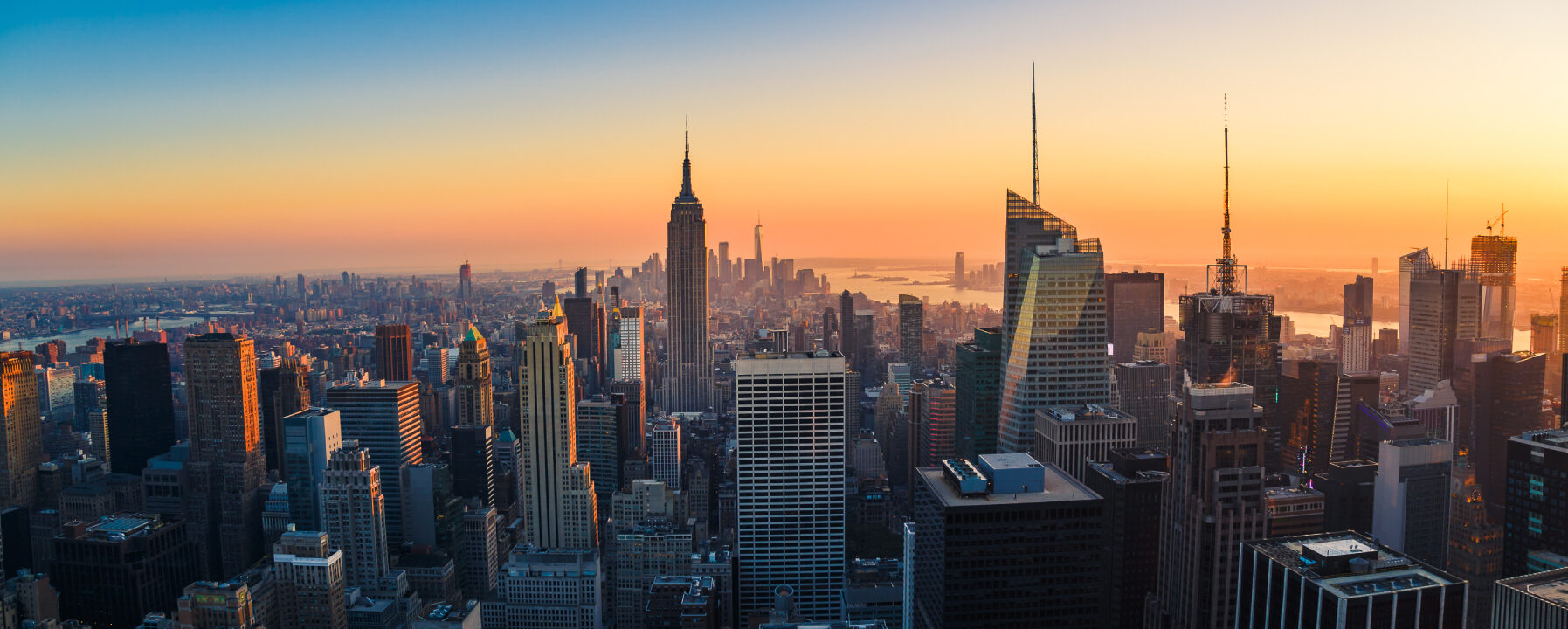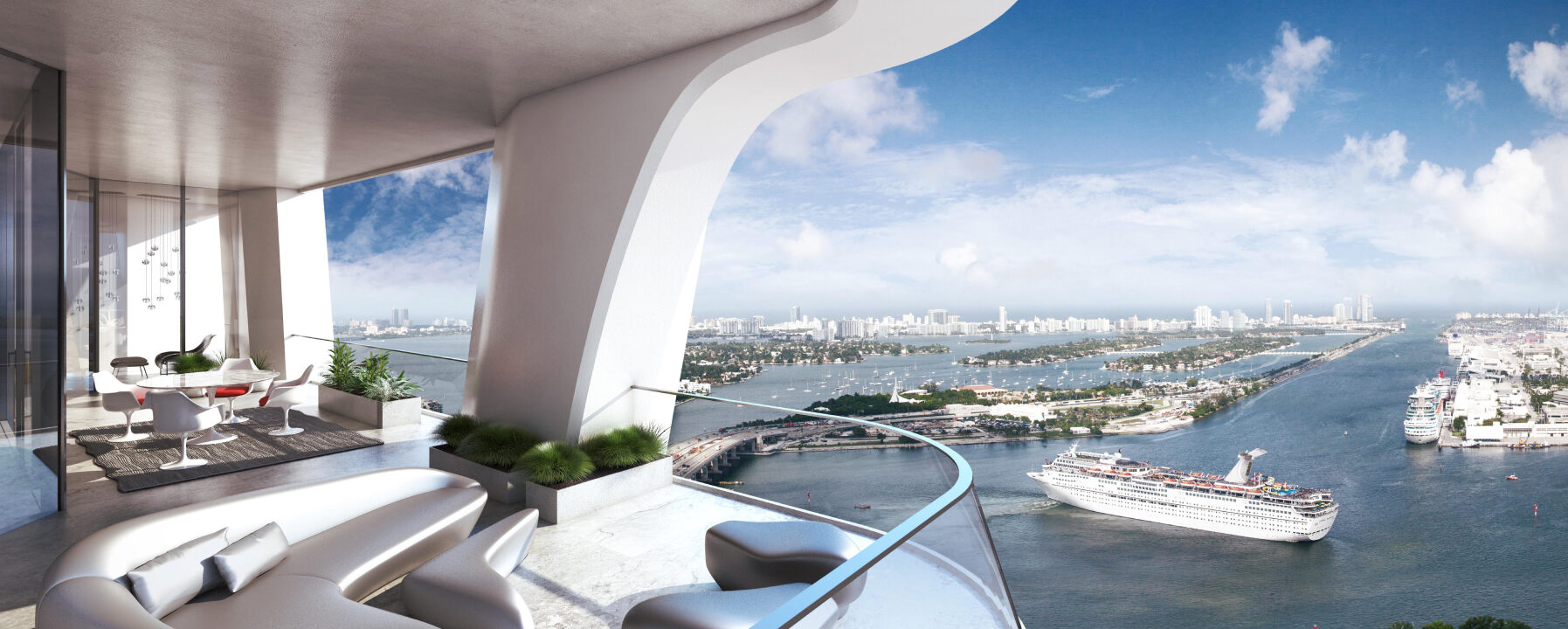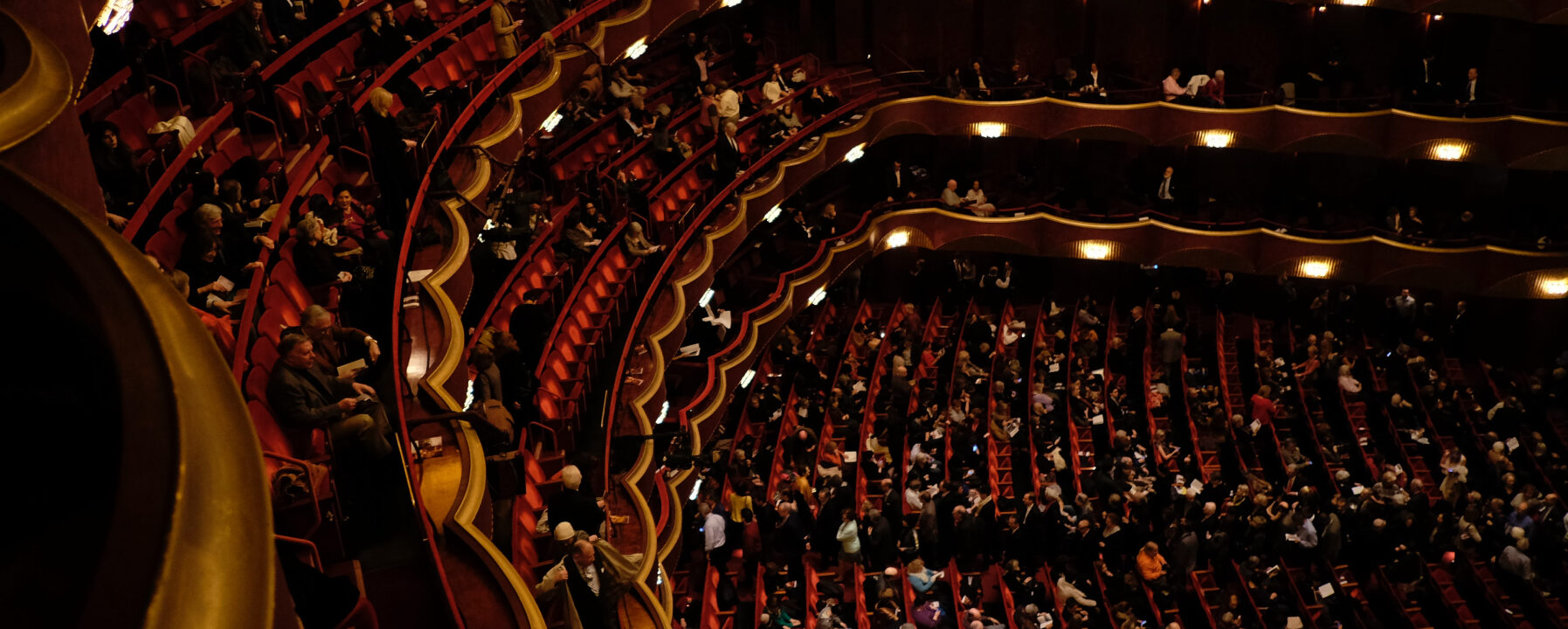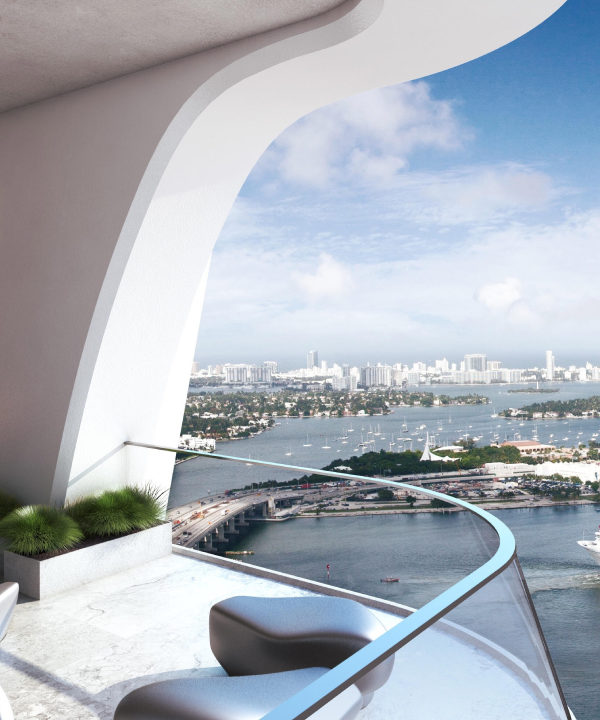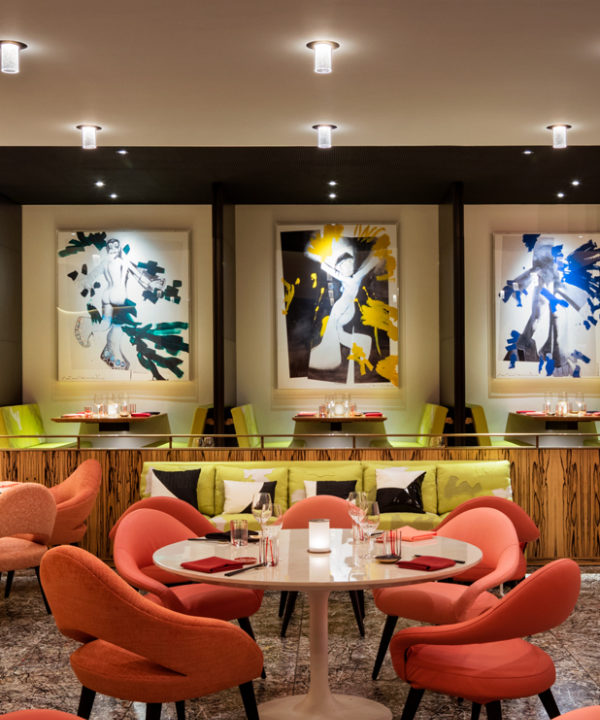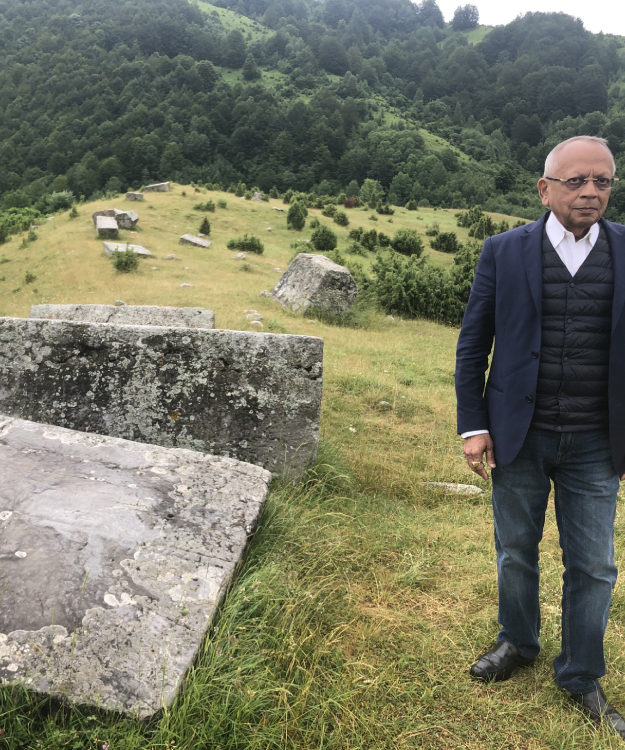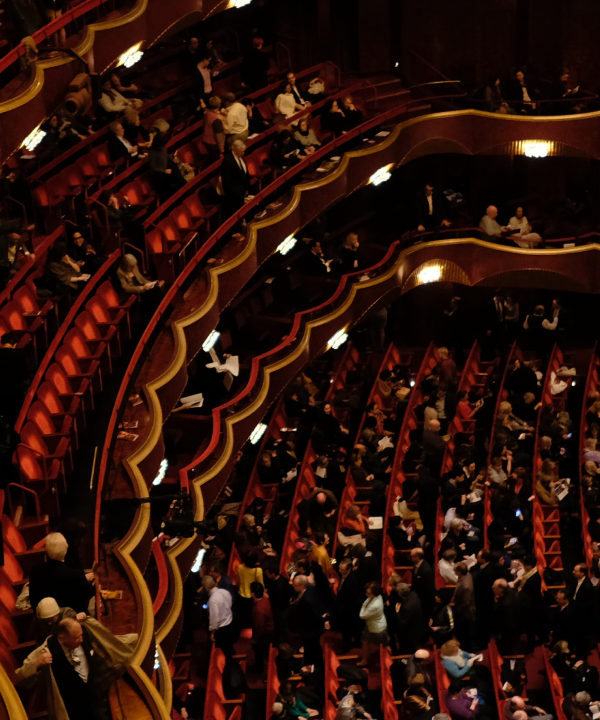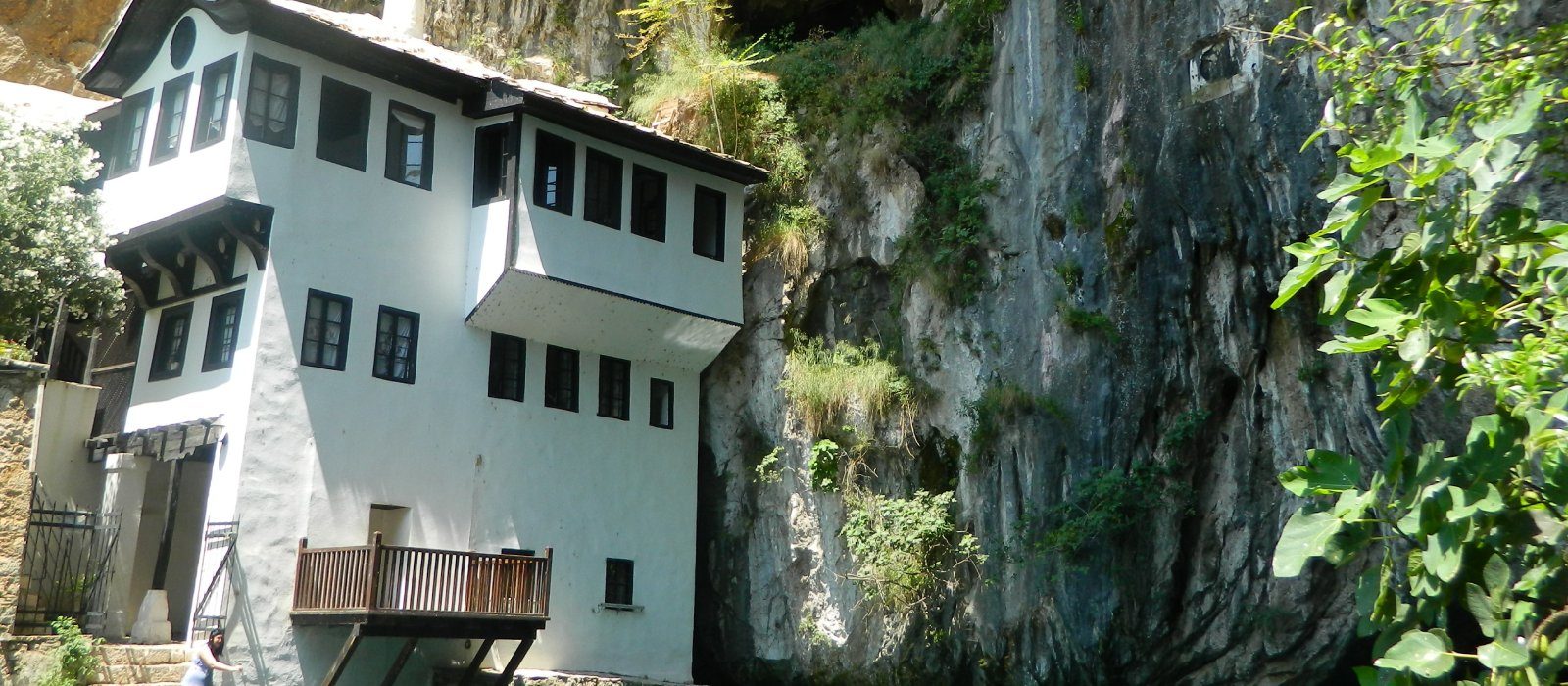My interest in the erstwhile Yugoslavia was first stoked at a very young age through Rebecca West’s “Black Lamb and Grey Falcon,” the first definitive travel book on the Balkans. Years later, this interest was rekindled by the breakup of Tito’s Yugoslavia into six independent countries ( Serbia, Croatia, Slovenia, North Macedonia, Montenegro and Bosnia-Herzegovina).
Soon followed the 1990-1999 Balkan wars, the most harrowing events being the siege of Sarajevo, the capital of Bosnia-Herzegovina, and the destruction of the Mostar bridge in Mostar.
Suddenly, I felt an imperative need to see Bosnia-Herzegovina (BiH), the least visited of the Balkan countries. I took the trip in 2019 with a Serbian guide driving throughout this small but historically relevant country. I was surprised at the warmth and friendliness of members of all three groups, the Serbs, the Bosniaks (Muslims) and the Catholics, that had fought the brutal civil war.
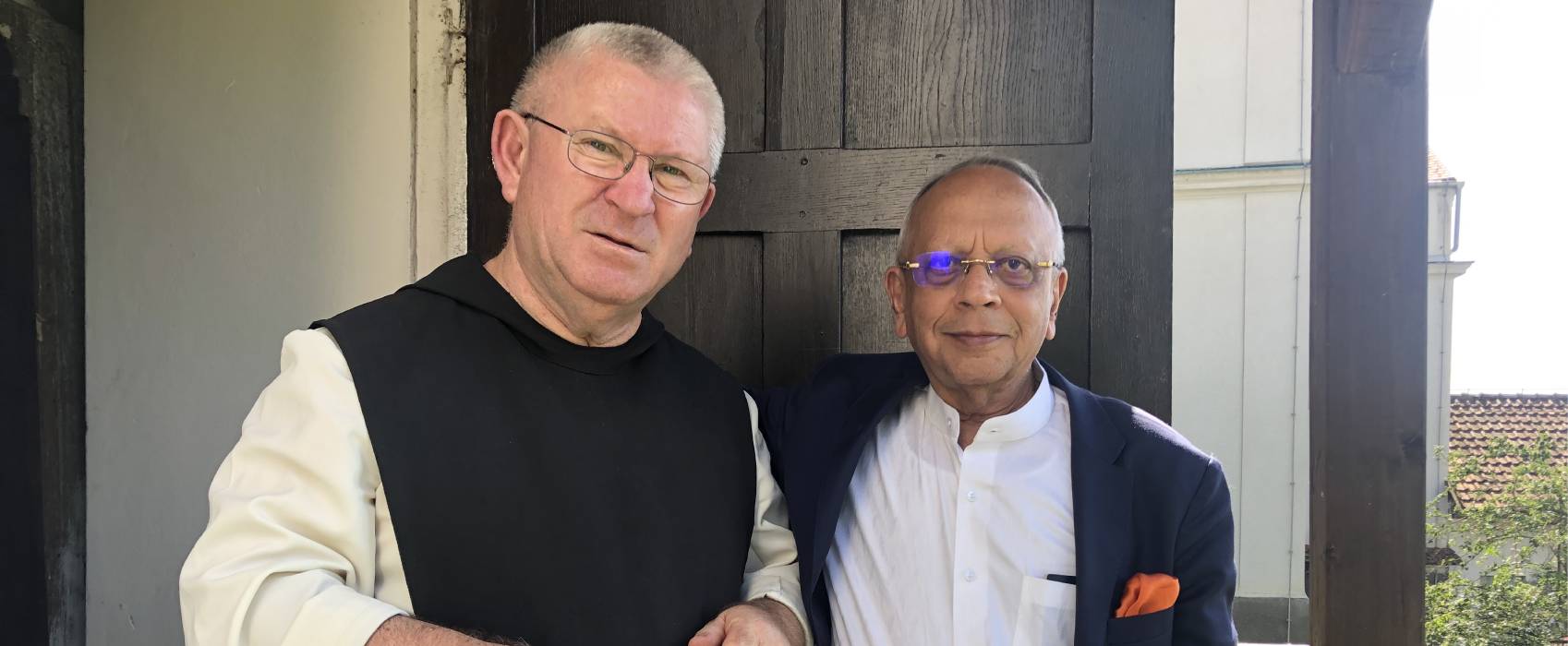 Author Jaswant Lalwani with the last Trappist monk in Bosnia. All the rest were massacred during the Civil War.
Author Jaswant Lalwani with the last Trappist monk in Bosnia. All the rest were massacred during the Civil War.
Sarajevo is called the Jerusalem of Europe because it is one of the few European cities to have a Mosque, a Catholic Church and a Synagogue in close proximity. It is considered the cultural, political and social capital of the country. The siege of Sarajevo that lasted from 1992 to 1996 has been aptly compared to that of Stalingrad as reflected in the indomitable spirit of the fighters involved, but it lasted four times as long.
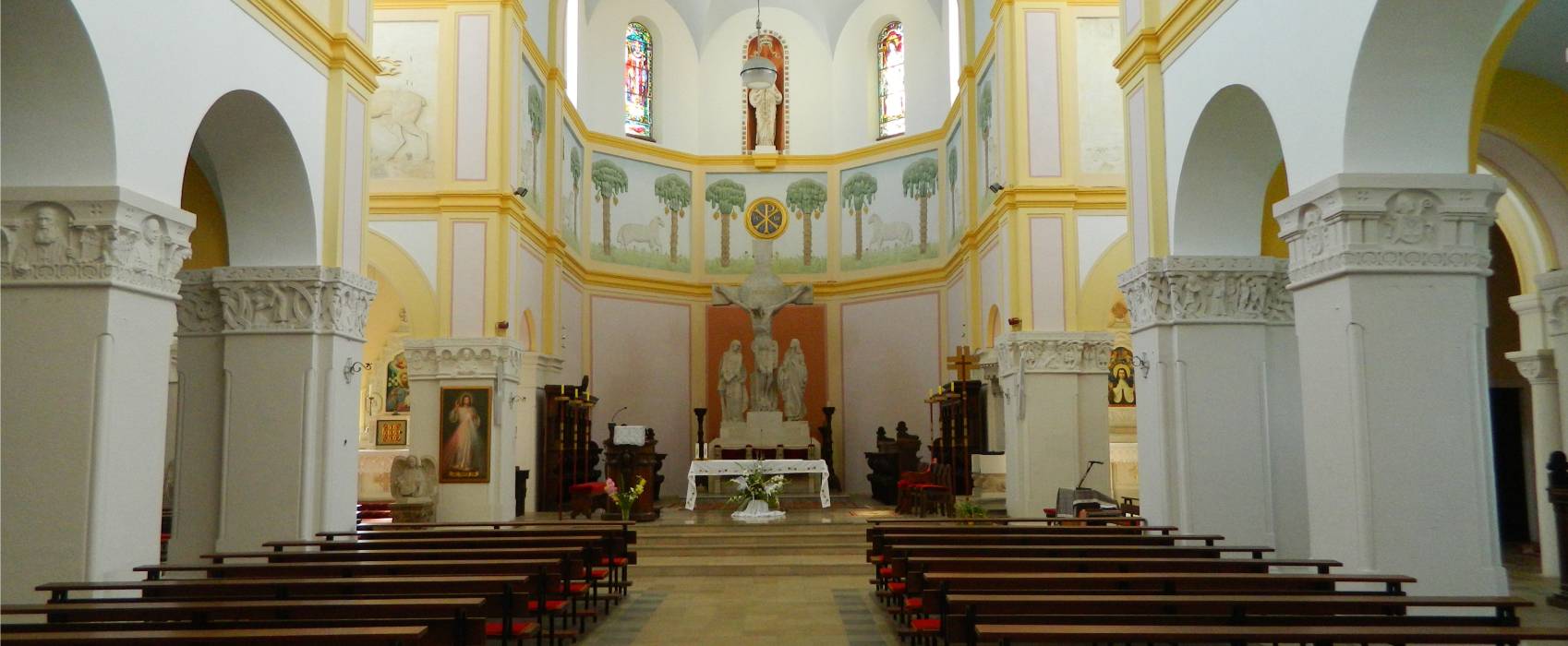 The 6th Century Serbian Orthodox Church in Sarajevo.
The 6th Century Serbian Orthodox Church in Sarajevo.
Mostar, the old 16th century Ottoman bridge, locally called Stari Mostar (old bridge), was destroyed in 1993, and with it went the values of peace and understanding it had embodied. It was restored stone-by-stone in 2004, paving the way for a new UNESCO World Heritage Site.
But Sarajevo’s main claim to fame still is the site of the assassination of Archduke Ferdinand of Austria, an event that sparked WW1.
Though my principal interest was Sarajevo and Mostar, one of the most unexpected sights were those of Lukomir, the oldest continuously inhabited village in southern Europe. It was a long climb after the road ended but we walked through the Illyrian tombs (the original inhabitants, decimated by the Romans in the 11th century) to the village. Only two inhabitants remained, though. Finding out that the rest had being massacred during the civil war was an unforgettably harrowing experience.
Another was Blagaj, home to the mystical 16th-century Turkish Dervish monastery, built into the high cliffs alongside the source of the Buna river.
Every trip provides indelible moments that forever sear your consciousness. One such moment occurred in the Trappist monastery outside Banja Luka. I had heard that most of the monks had been either killed or hounded out of BiH during the civil war and that there were only a couple of monks left. We reached on a day when the monastery was closed. After cajoling the solitary monk to open the gates, I entered the chapel for blessings and to bid farewell to a lost way of life.
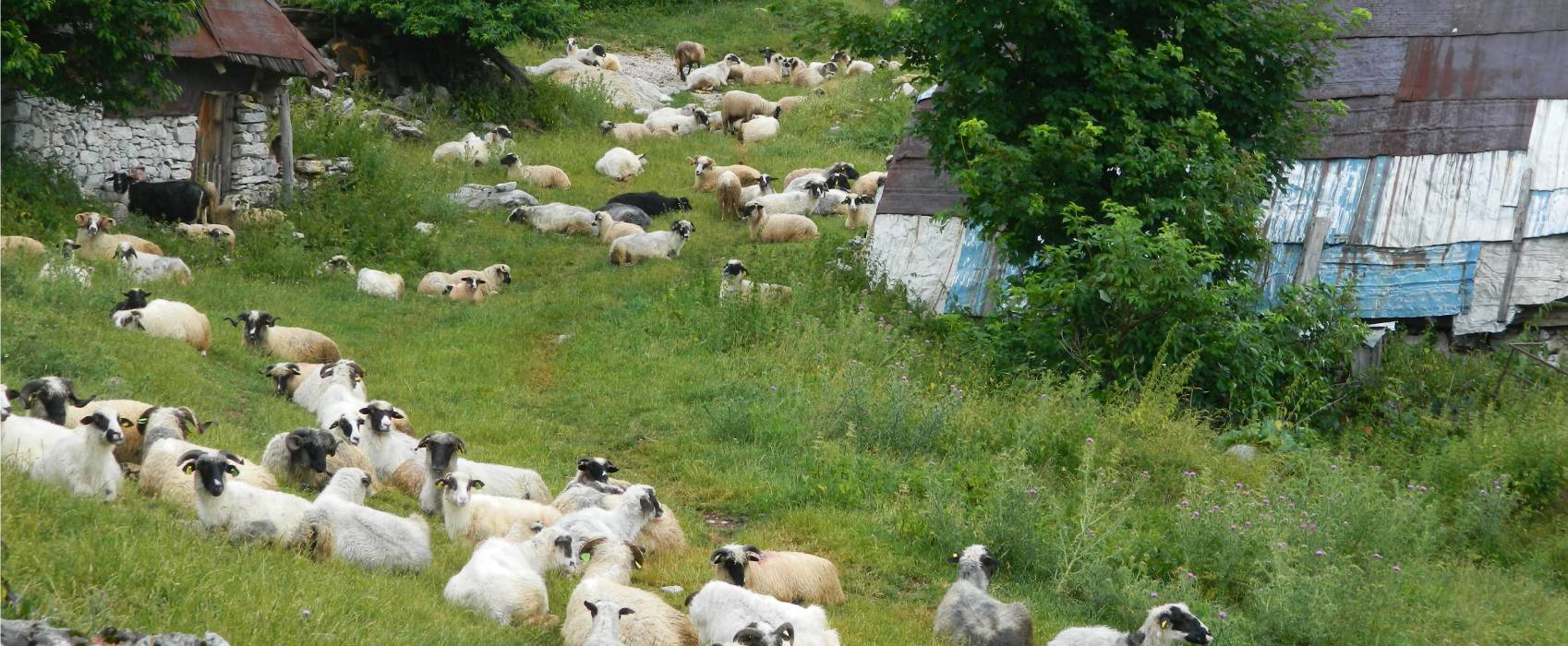 Sheep farming in Lukomir with typical huts in the background.
Sheep farming in Lukomir with typical huts in the background.
BiH is one of the few countries, other than Romania, where the past rushes up to embrace you at every corner you turn. If you are fortunate enough to possess a sense of history, religion and politics, together with a heightened awareness of the ephemerality of time, then only pleasant surprises await you on your journey.

